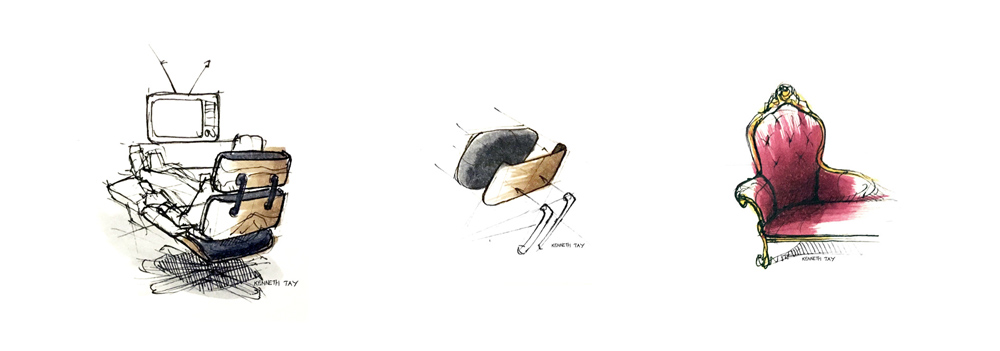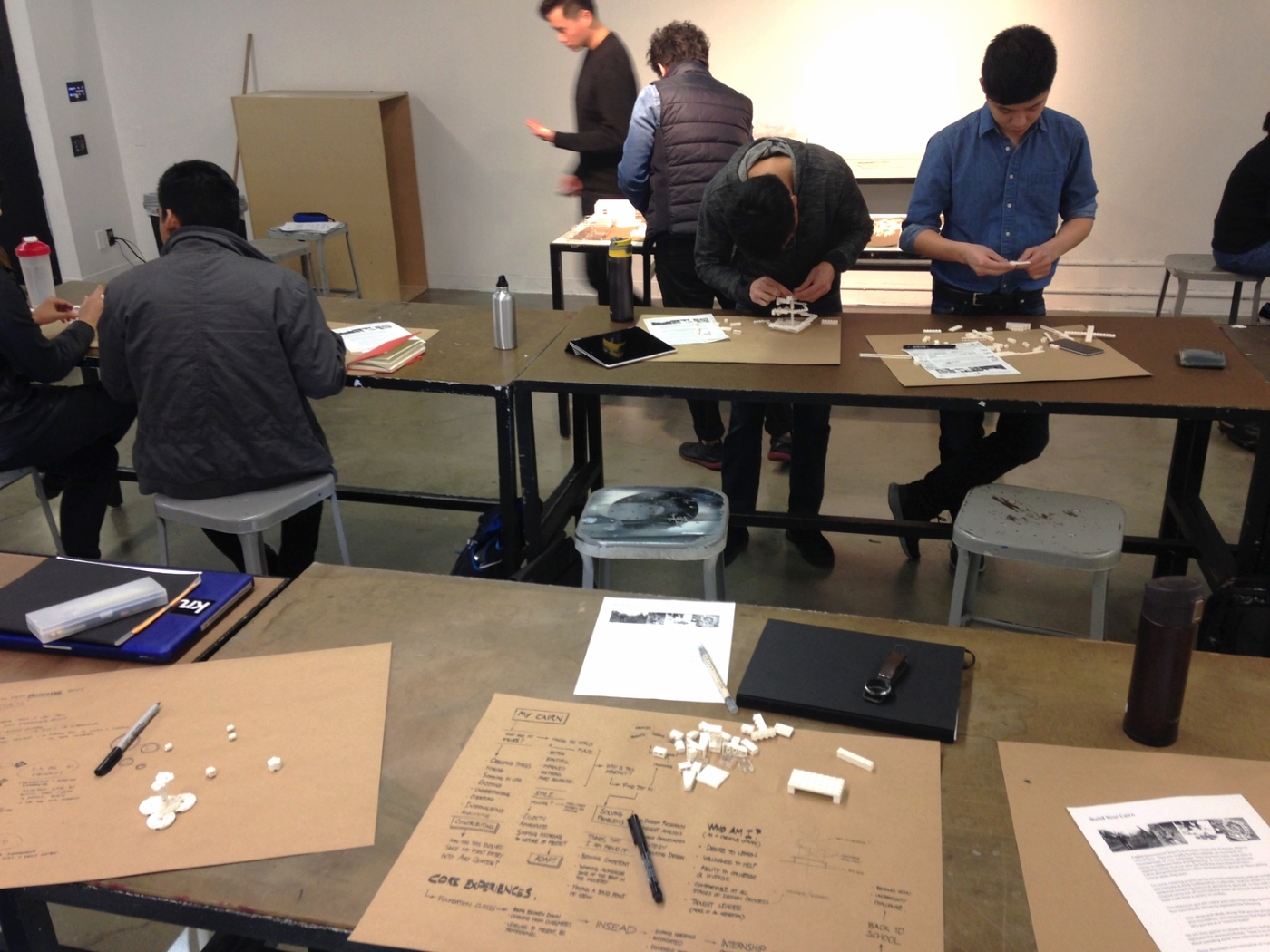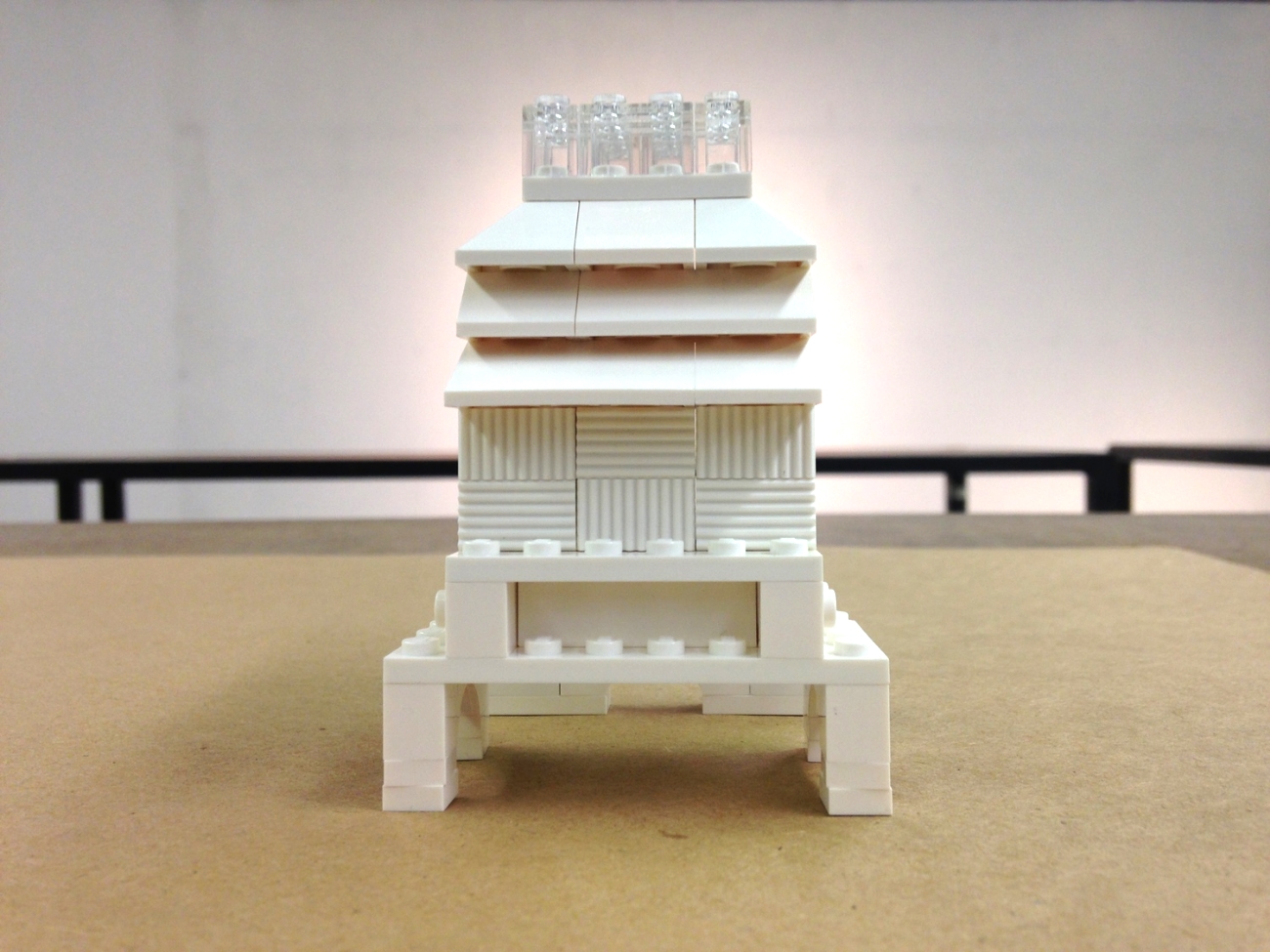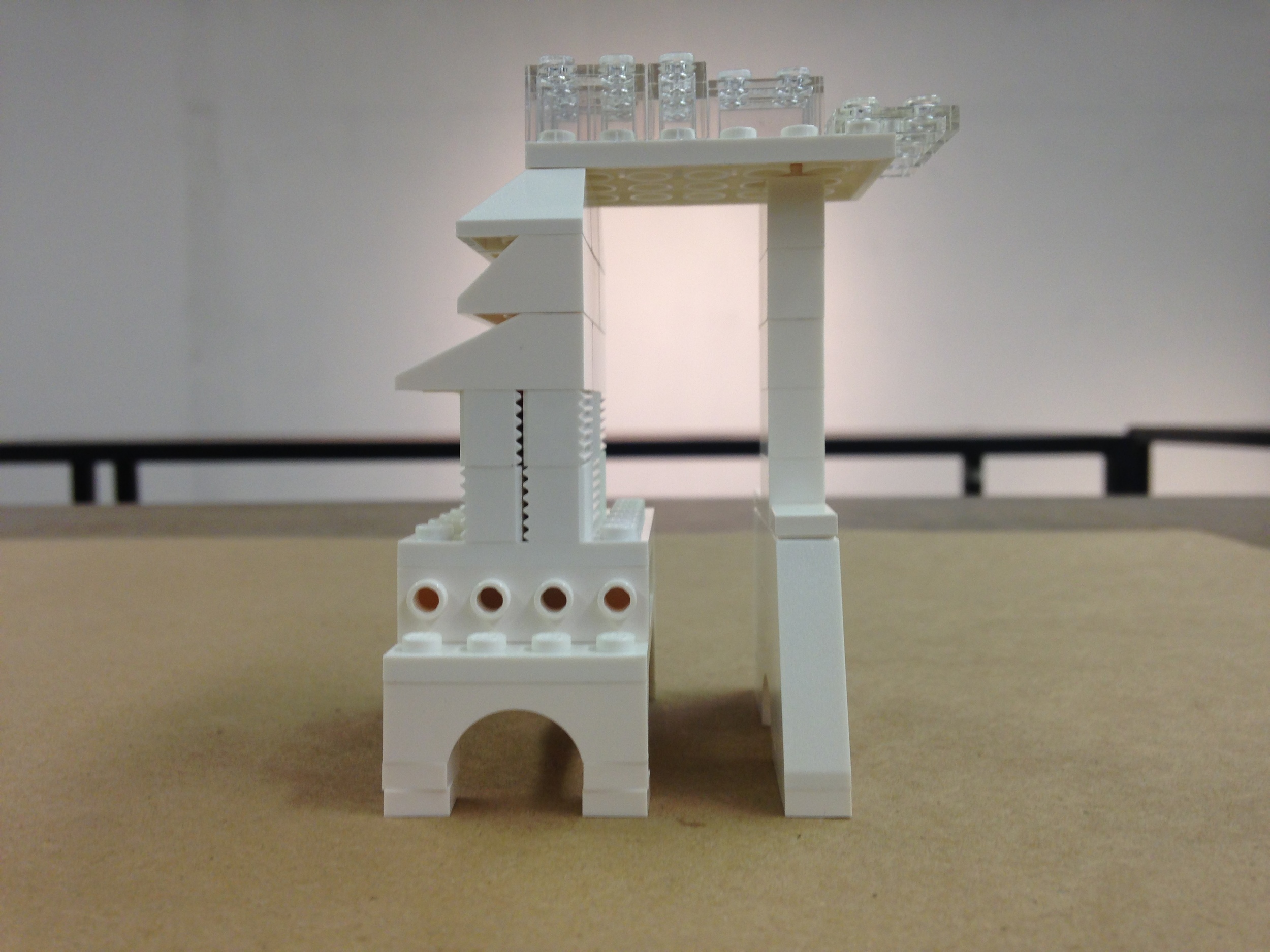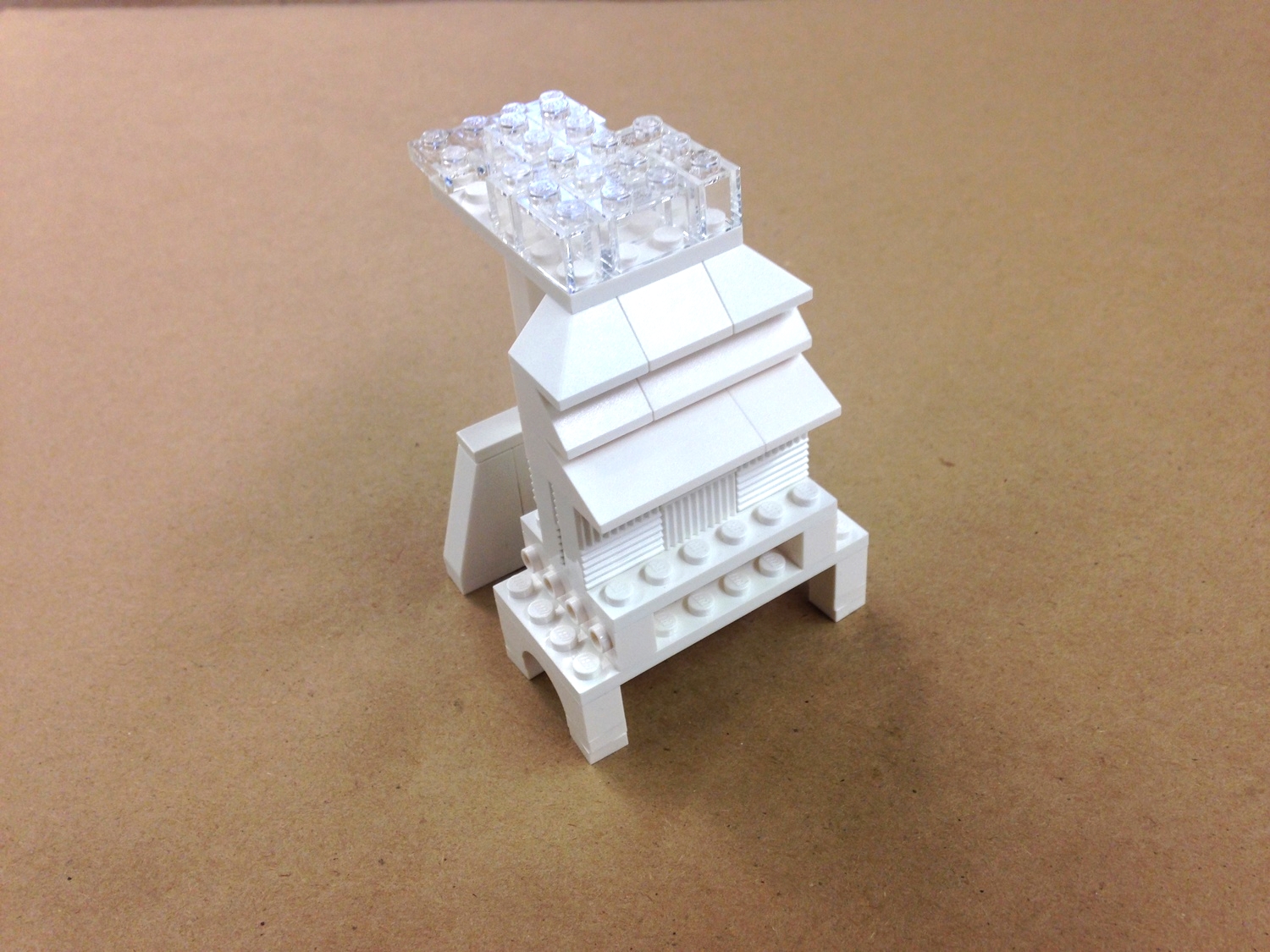Cool vs Usable
Based on that definition, a lot of modern web browsing features, such as infinite scrolling and centered type on a webpage are notoriously 'un-usable'. In the case of infinite scrolling, it is good for sites like Facebook, where you're browsing through people's status and you don't really care where you end up. But for sites that have rich informational content, like news sites for example, infinite scrolling doesn't make sense as you'll lose your position on the page and it'll be an unnecessary hassle to scroll all the way back up to an article that you want to read again. The Back button on your web browser is also now useless. At this point Steve comically mentioned, "Who would have known that even the Back button – being able to go back to my previous page, would become a problem with today's technology."
As such, it is the designer's responsibility to be able to make that discretion and applying the relevant features for the relevant usage scenarios and not just slap on a feature just because everyone else is doing it and it's the 'cool' thing to do. In fact, in today's context, usability is almost being portrayed as the 'enemy of cool'.
Technology's Fast Pace
One of the challenges for UX designers today is that "things are moving awfully fast." As such, establishing the level of thought and consideration needed to make usable interfaces is an uphill task as the demand for new software is moving a lot faster. It's almost to a point where new devices are coming out faster than new usable interfaces. UX for new technology takes time, a limited commodity in the fast pace of technology. With the host of usability issues already sprouting up with the introduction of mobile platforms, who knows what will happen next when wearables come onto the scene?
